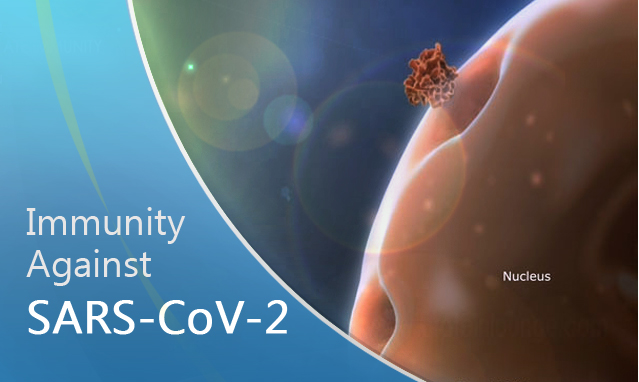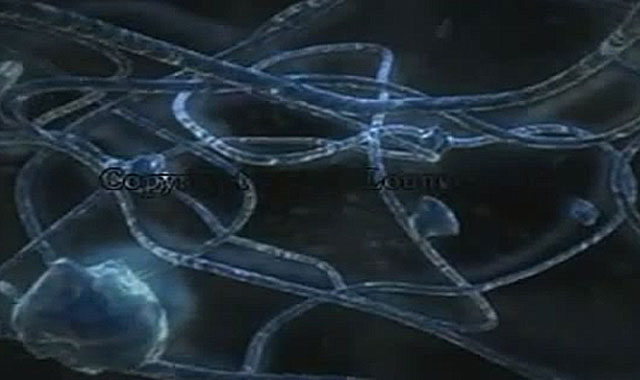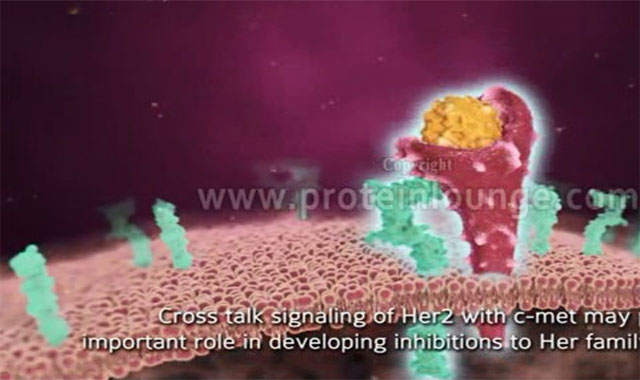Plaque Fracture
Description
Plaque formation occurs as a result of the accumulation and swelling in artery walls that is made up of (mostly) macrophage cells, or debris, that contain lipids (cholesterol and fatty acids), calcium and a variable amount of fibrous connective tissue. It affects arterial blood vessels, leading to a chronic inflammatory response in the walls of arteries, caused largely by the accumulation of macrophage white blood cells and promoted by low-density lipoproteins without adequate removal of fats and cholesterol from the macrophages by functional high density lipoproteins (HDL).
Growth of coronary plaque presents clinically as angina when coronary flow is decreased. Sudden rupture of a plaque triggers the development of an acute coronary syndrome such as unstable angina, myocardial infarction or sudden death. The sequence of events involved in this pathophysiological process leading from plaque rupture, to intraluminal thrombus formation and finally to myocardial ischemia with or without necrosis.
Browse Other Animations
 Immunity Against SARS-CoV-2
Immunity Against SARS-CoV-2
 Bio Animation Introduction
Bio Animation Introduction
 Breast Cancer Pathogenesis
Breast Cancer Pathogenesis
 Mitosis
Mitosis

